
IOL
Latest News
CME Content



Dr Jacqueline Beltz, FRANZCO, shares the take-home message from her 2019 ASCRS presentation
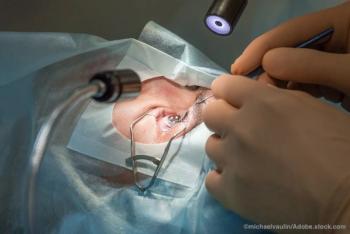
Demographic shifts, improving technology continue to bring patients in at younger age
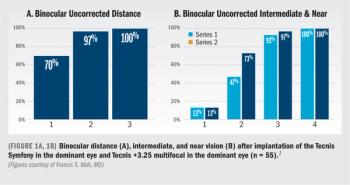
EDOF, multifocal IOLs providing options for patients with range of visual needs

Retina specialist Ron M. Kurtz, MD, details the way collaborative innovation can improve the lives of ophthalmic surgeons, and their patients.

New technology offers surgeons the unfolding efficiency of an enhanced material along with the rotational stability that characterizes the current toric platform.

Error in first eye can guide decisions in IOL selection for fellow eye of patients

Study finds similar results for patients who received hydrophobic, hydrophilic acrylic lenses

Robin R. Vann, MD, and Douglas D. Koch, MD, discuss the nuances of the procedure
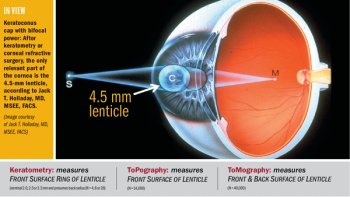
Pearls for overcoming pitfalls related to keratometry, prediction of effective lens position, optical biometry

Laser technology has potential to modify IOL refractive index without change to lens shape

Approach aids toric IOL alignment, IOL centration, wound/astigmatic keratotomy placement

Medium-add multifocal addresses the most likely source of dissatisfaction with contemporary multifocal IOLs: Intermediate vision




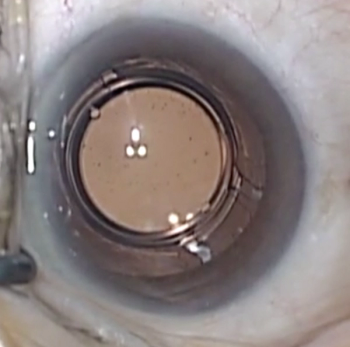
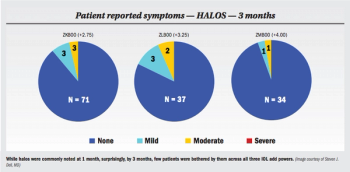
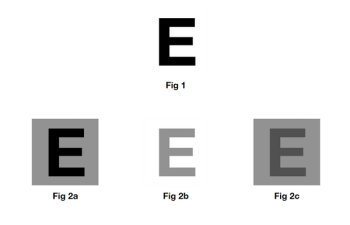



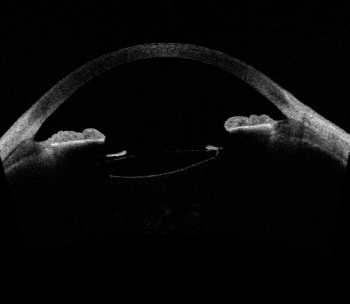


















































.png)


